There is no item in your cart
Superior Omega-3 is a supplement designed to support healthy cholesterol and triglyceride levels while promoting cardiovascular and brain health.
Omega-3s are important for human health and development. Contrary to popular belief, fishes do not make omega-3s themselves. The most important omega-3s are docosahexaenoic acid (DHA), eicosapentaenoic acid (EPA), α-linolenic acid (ALA), and docosapentaenoic acid (DPA). These omega-3s are passed up through the food chain, originating from algae, and are eventually passed from fishes to humans. DHA and EPA are important because when they are entered into the bloodstream, they help to slow blood clot formation that commonly occurs when cholesterol plaque in the coronary artery breaks. This alleviates the risk of a heart attack because it is the formation of blood clots that prevents blood flow to the heart (Sancilio, 2015). This is why Vascepa lowers the risk of cardiovascular disease.
You may ask “What is EPA and DHA in Omega 3?”. EPA is a type of polyunsaturated fatty acid and plays a metabolic role in prostaglandin function. The substance prevents thrombosis and promotes heart health (Dyerberg, 1978). DHA is an integral component in membrane phospholipids seen in neural structures like the brain or the retina. Without DHA, the brain couldn’t function, and vision would be impossible (Narayan et al., 2006).
EPA and DHA are usually introduced as the “good” fats. They are omega-3s, which along with omega-6s, make up the essential fatty acids. Another omega-3 is ALA, which gets metabolized into DHA and EPA; however, it is not a good source of the two because it is inefficient. Both omega-3s and omega-6s are precedents for prostaglandins, or organic compounds that control inflammation, blood flow, and blood clot formation. Prostaglandins can be pro-inflammatory or anti-inflammatory. This distinguishes omega-3s from omega-6s as omega-3s are anti-inflammatory while omega-6s promote inflammation. Contrary to popular belief, not all inflammation is a bad thing; the body just needs a balance of omega-3s and omega-6s. An exemplary balance of omega-3 to omega-6 is between a 1:1 and 1:4 ratio (Sancilio, 2015).
There are two major forms of omega-3s: triglyceride based omega-3s and ethyl ester based omega-3s. Triglycerides are how fats are typically stored in the body. Therefore, the triglyceride form is the natural form of fish oil. It has more stability and is better utilized by the body (Thera Health, n.d.). The ethyl ester form of fish oil is produced during the conversion process. It is less stable and often has a fishy taste.
Research supports the idea that omega-3s are efficient in reducing triglyceride levels. Triglycerides come from saturated and unsaturated fats in foods we consume. When the calories we take in aren’t immediately absorbed by tissue, they become triglycerides that get stored in fat cells. Dr. Fred Sancilio states in “Prevention is the Cure” that “Sufficient amounts of EPA and DHA are so effective in reducing triglycerides that the FDA approved them as a drug in Lovaza to treat hypertriglyceridemia” (Sancilio, 2015). Omega-3s like DHA and EPA increase the production of nitric oxide, which dilates blood vessels.
Sources
Dyerberg, J. (1978). Eicosapentaenoic Acid and Prevention of Thrombosis and Atherosclerosis. The Lancet, 117-119. Google Scholar. 10.1016/S0140-6736(78)91505-2
Narayan, B., Miyashita, K., & Hosakawa, M. (2006, September 1). Physiological effects of eicosapentaenoic acid (EPA) and docosahexaenoic acid (DHA). Food Reviews International, 291-307. 10.1080/87559120600694622
Sancilio, F. (2015). Prevention is the Cure.


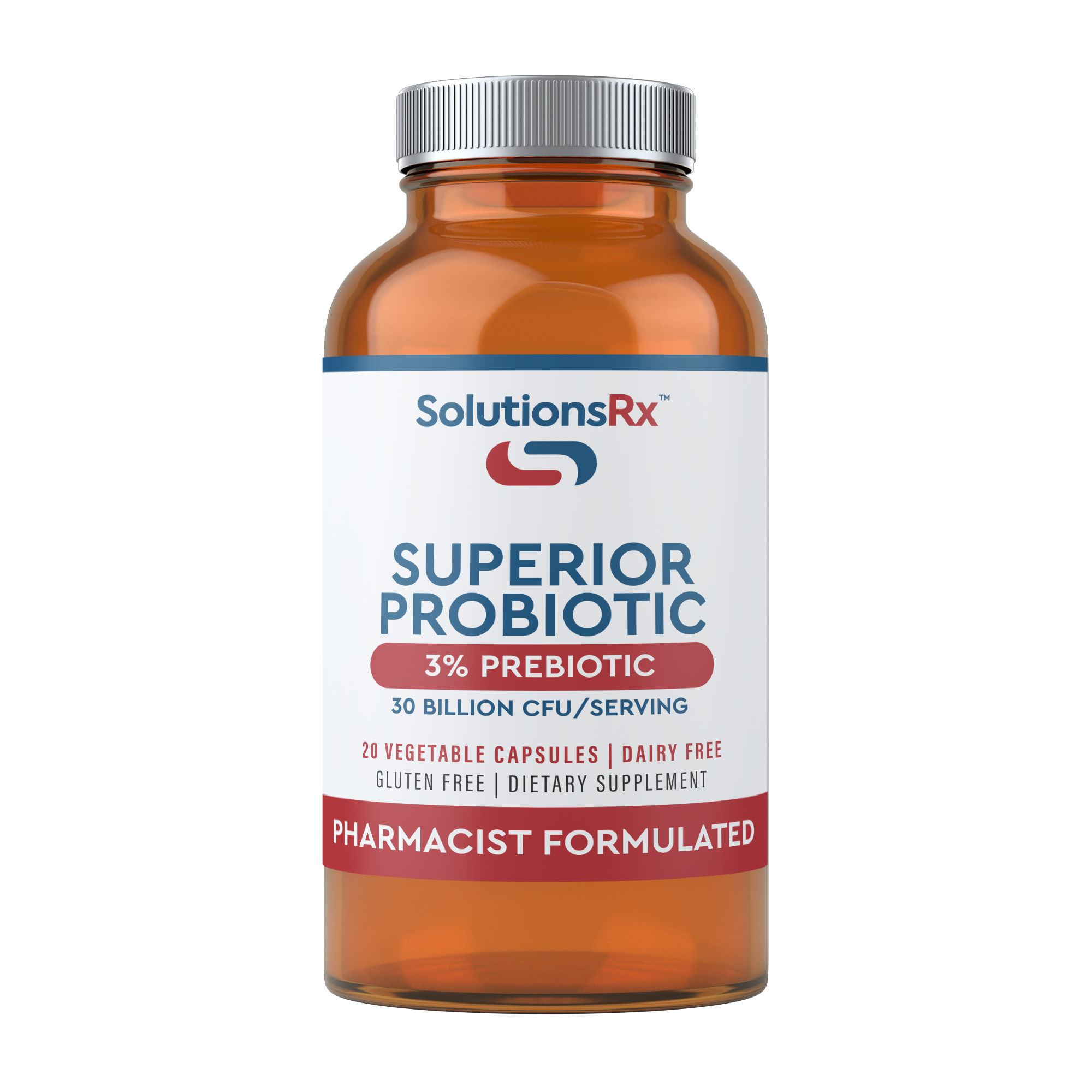
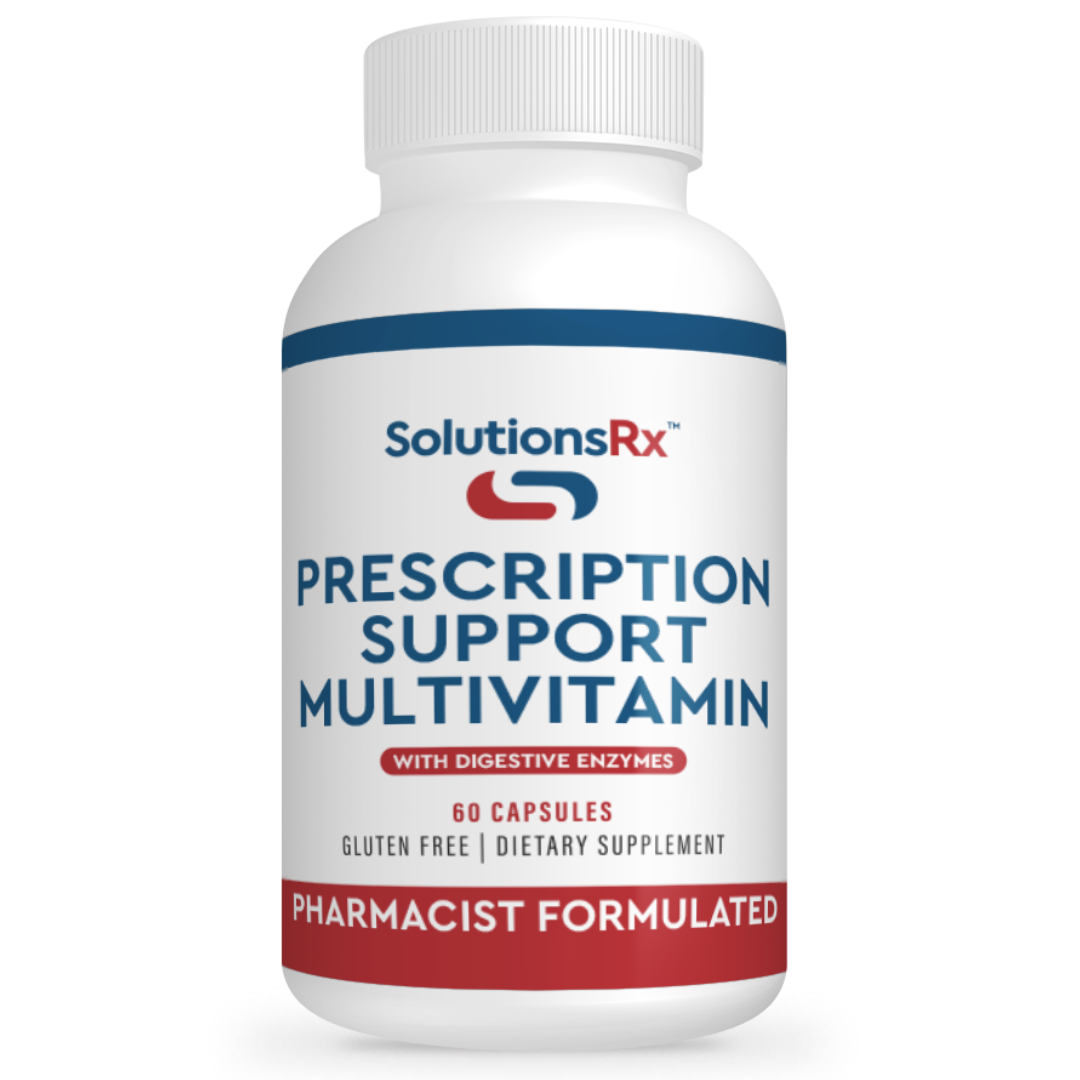
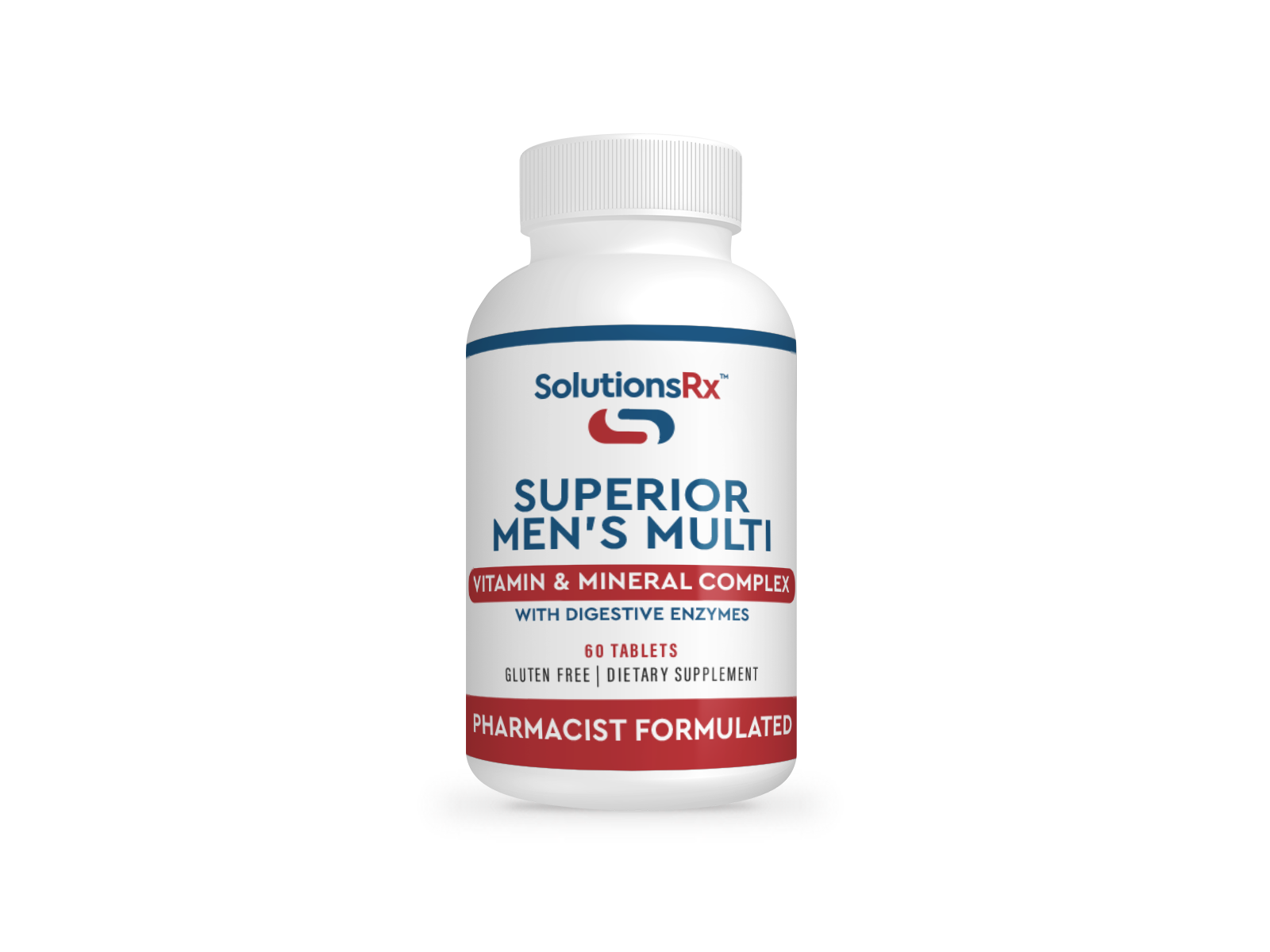
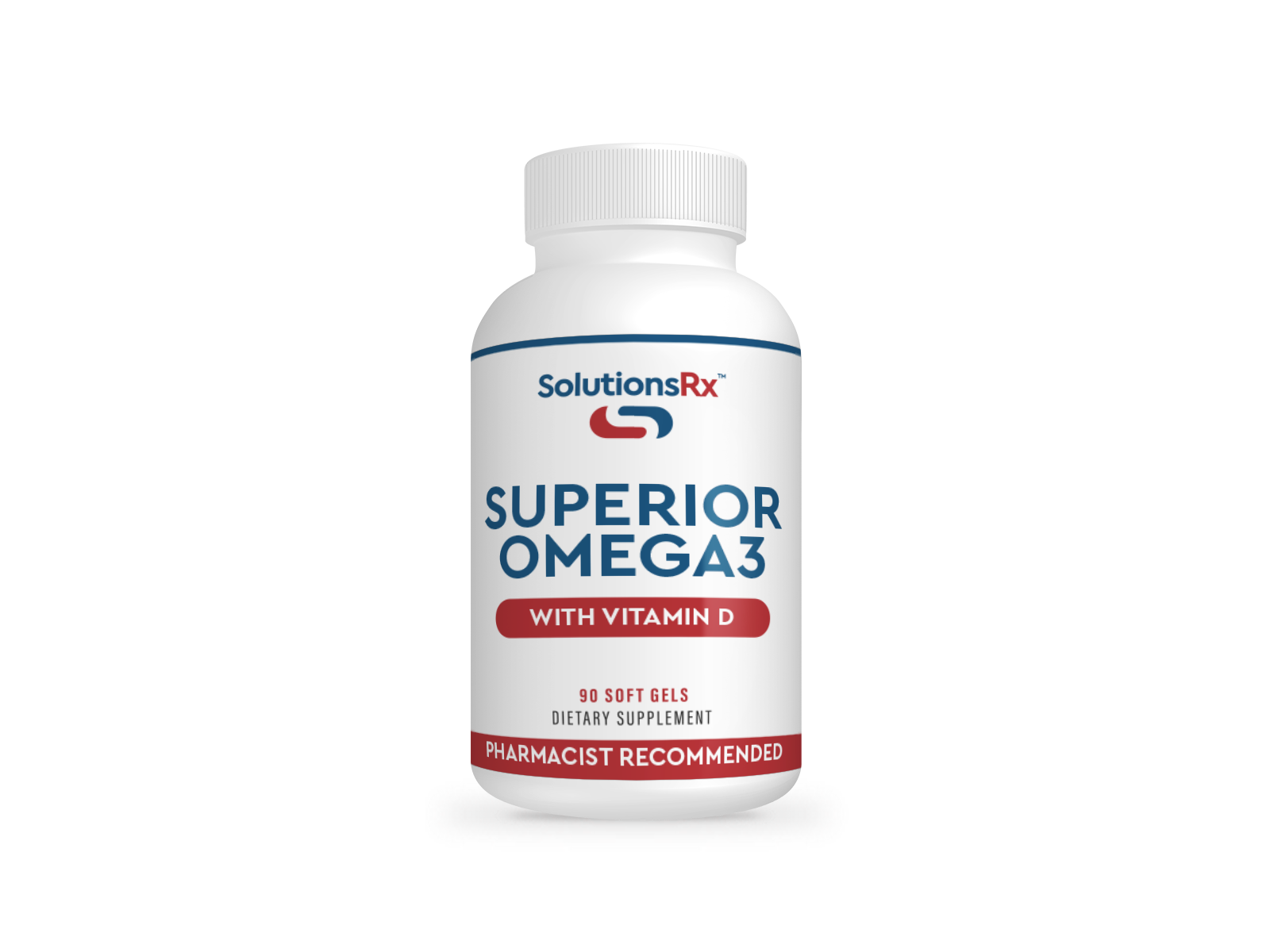
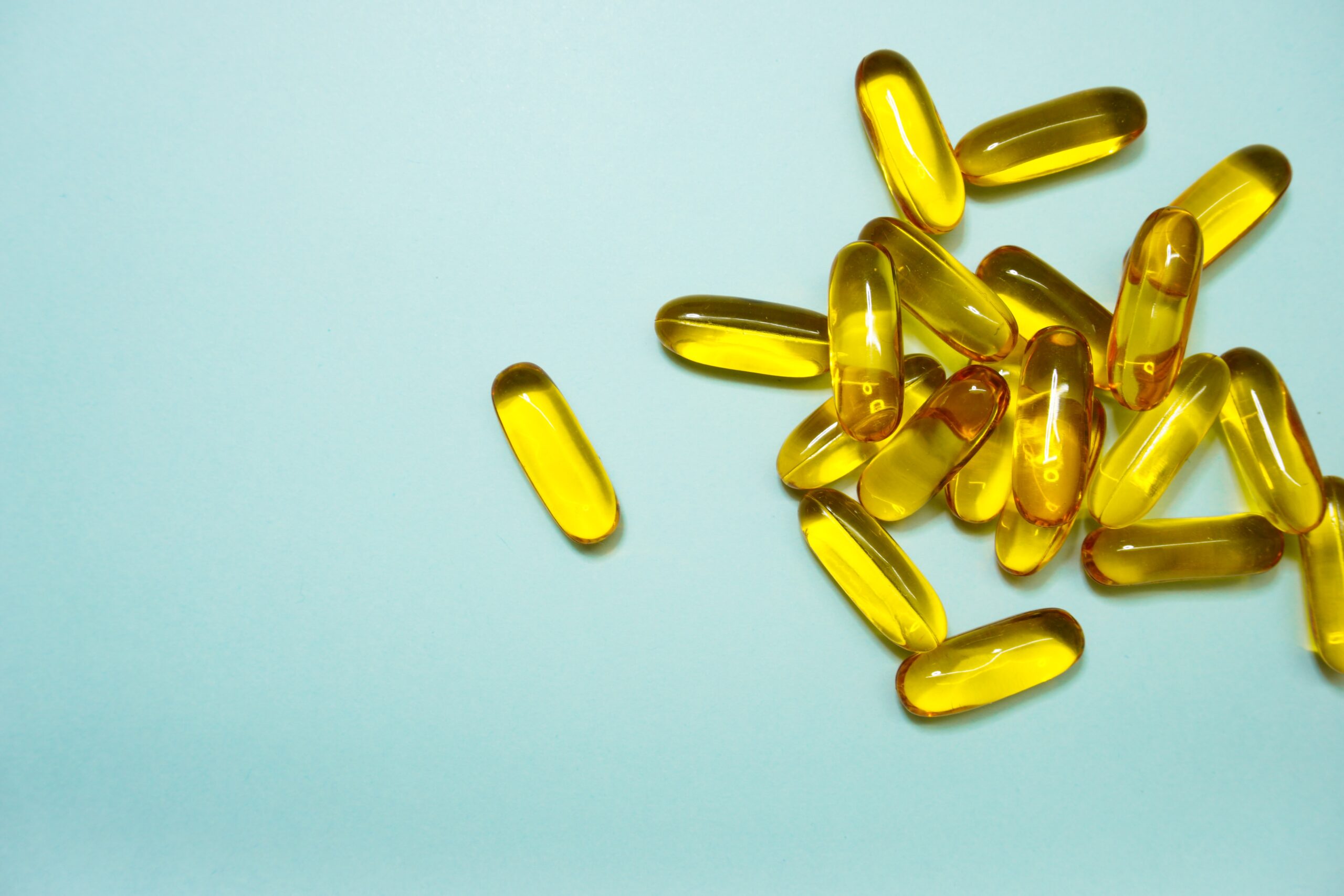
Leave A Comment